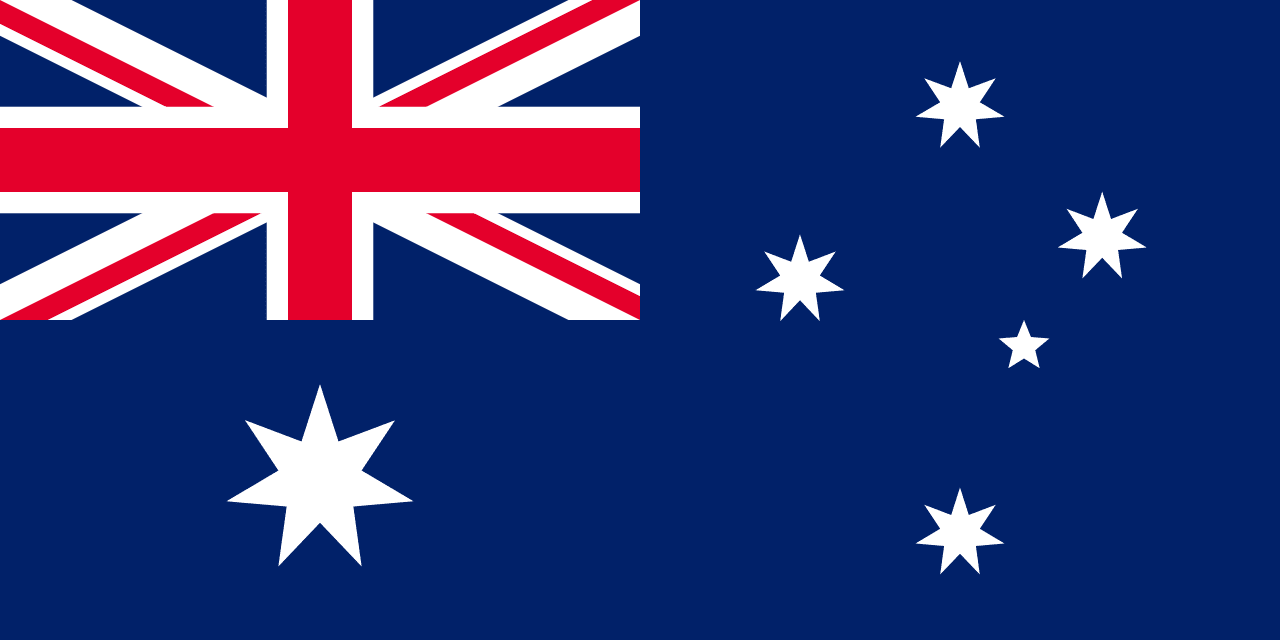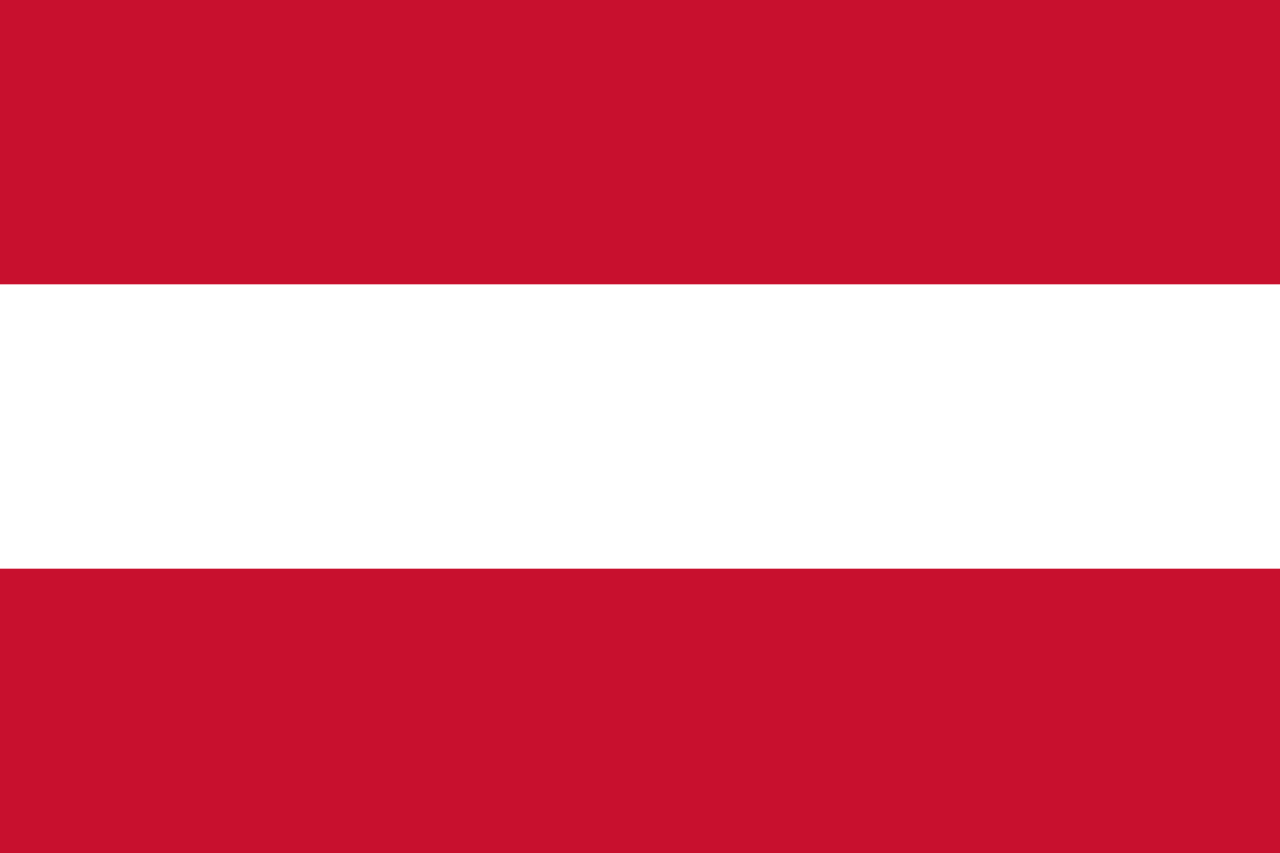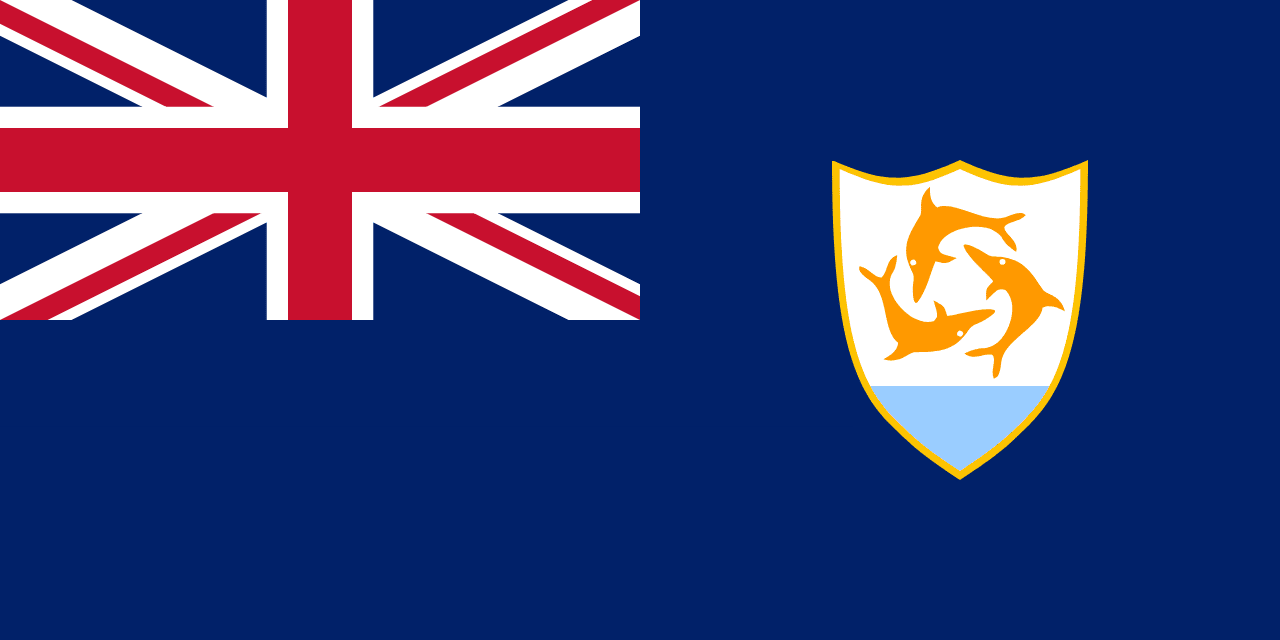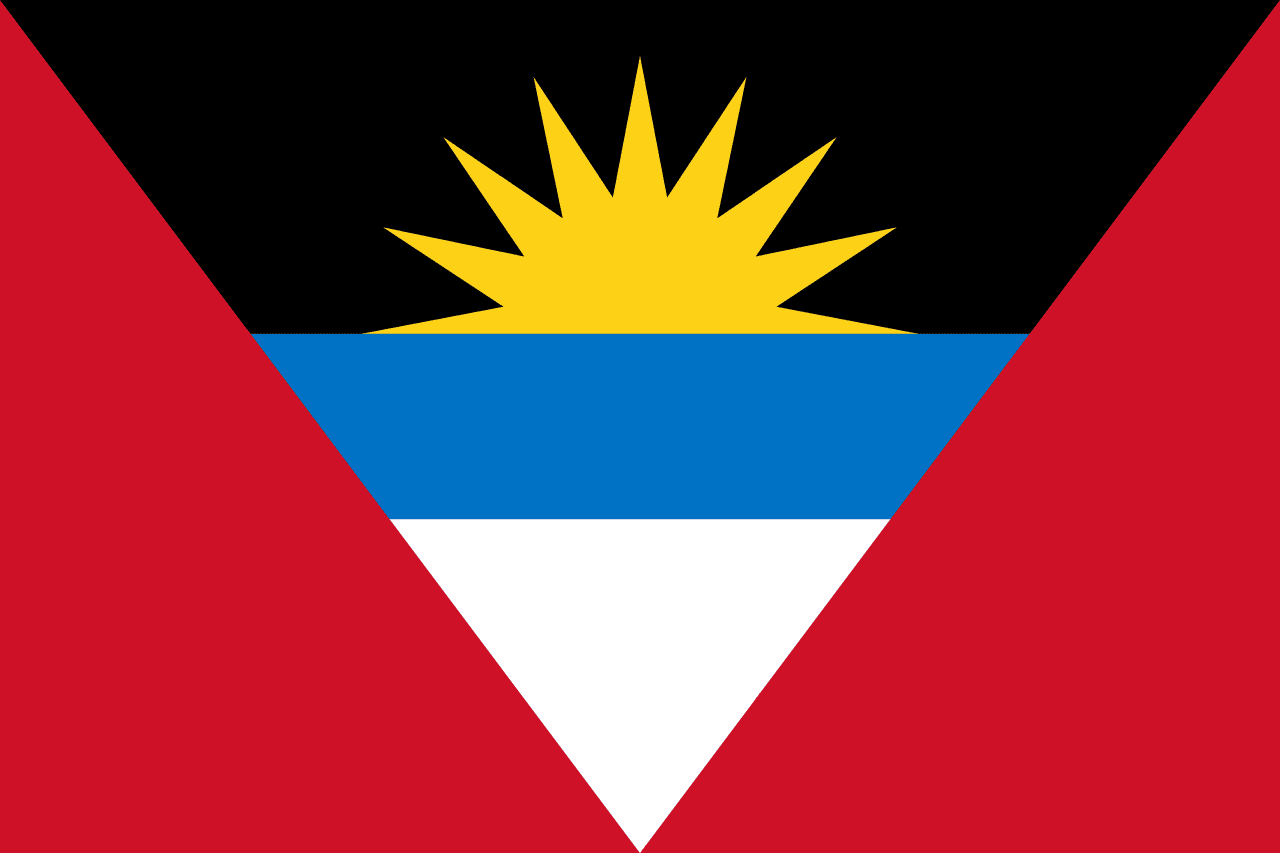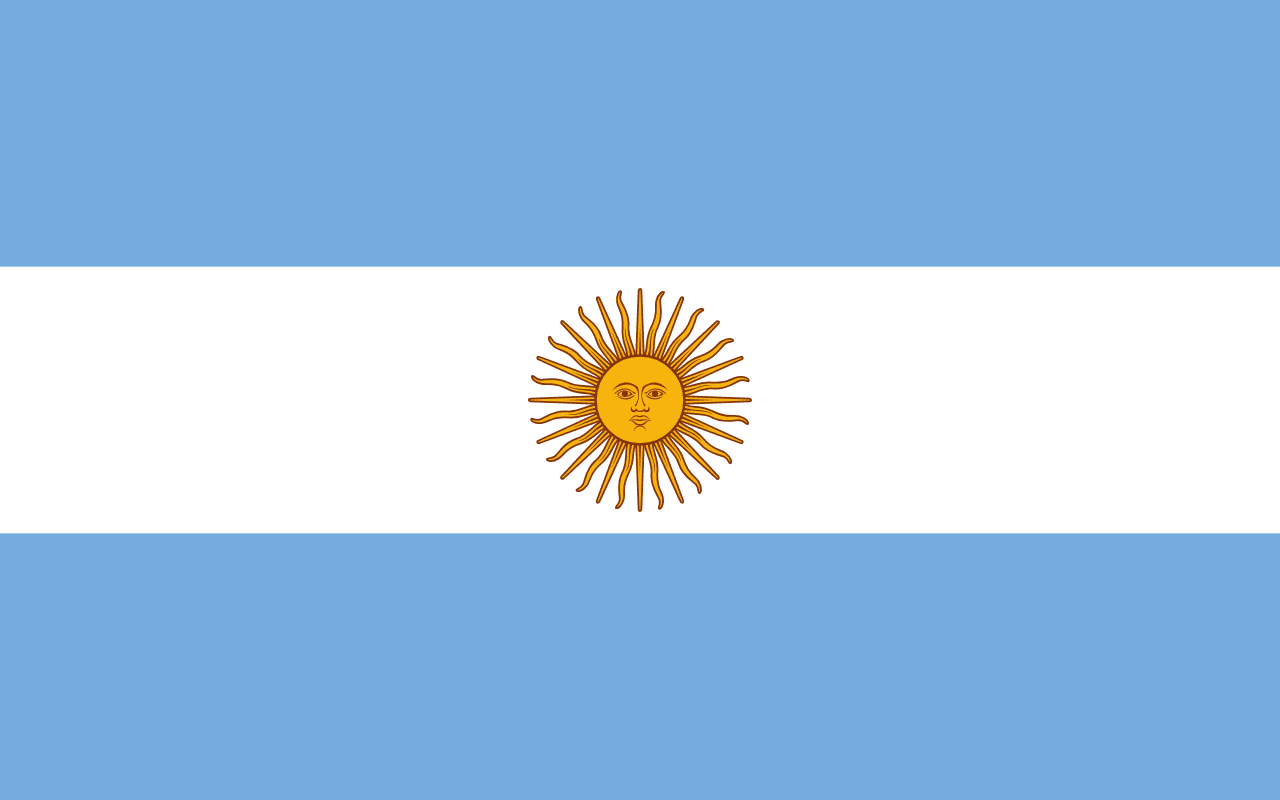The flag of Armenia is a striking tricolor consisting of three equal horizontal bands: red at the top, blue in the middle, and orange at the bottom. This simple yet powerful design encapsulates centuries of Armenian history, culture, and national aspirations. Each color has been carefully chosen to represent key aspects of the Armenian identity, making the flag a potent symbol of national pride and unity for Armenians worldwide.
Armenia information
| National Flag Day | August 15 (Flag Blessing Day) |
| Sovereign state | Yes |
| Official name | Republic of Armenia |
| Capital | Yerevan |
| Population | 2,963,234 |
| Area | 29,743 km² |
| Currency | Armenian dram (AMD) |
| Language | Armenian |
| Continent | Asia |
| Region | Western Asia |
| Subregion | South Caucasus |
| Borders | Turkey, Georgia, Azerbaijan, Iran, Nakhchivan exclave of Azerbaijan |
| Timezone | Armenia Time (AMT) UTC+4 |
| Calling code | +374 |
| Top-level domain | .am |
History and evolution of the Armenian flag
 The current flag of Armenia was officially adopted on August 24, 1990, marking a pivotal moment in the nation's history as it declared independence from the Soviet Union. However, the origins of this tricolor design stretch back much further, to the early 20th century.
The current flag of Armenia was officially adopted on August 24, 1990, marking a pivotal moment in the nation's history as it declared independence from the Soviet Union. However, the origins of this tricolor design stretch back much further, to the early 20th century.
The red, blue, and orange combination was first used to represent Armenia during the short-lived First Republic of Armenia (1918-1920). This period followed the collapse of the Russian Empire and preceded Soviet rule. The flag was designed by Stepan Malkhasyants, an Armenian linguist and philologist, and officially adopted on August 1, 1918.
During the Soviet era (1920-1990), Armenia, as part of the Soviet Union, used variations of the Soviet flag. These typically featured the hammer and sickle emblem on a red background, sometimes with additional Armenian-specific elements.
The resurgence of the tricolor in 1990 symbolized Armenia's rebirth as an independent nation and its reconnection with its pre-Soviet heritage. This decision to revert to the 1918 design underscored the continuity of Armenian statehood and the enduring nature of Armenian national identity.
Symbolism and design of the Armenian flag
Each color of the Armenian flag carries deep symbolic meaning, reflecting various aspects of the nation's history, geography, and culture:
- Red (top band): Symbolizes the blood shed by Armenian soldiers and civilians in their struggle for independence and the defense of their homeland. It also represents the Armenian Highland, the historical heartland of the Armenian people.
- Blue (middle band): Represents the Armenian sky and the will of the Armenian people to live beneath peaceful skies. It's also associated with the waters of Lake Van, a historically significant body of water in Western Armenia (now part of Turkey).
- Orange (bottom band): Signifies the fertile lands of Armenia and the hardworking nature of its people. It's also associated with the apricot, a fruit deeply connected to Armenian culture and often seen as a national symbol.
The equal width of the bands emphasizes the equality and unity of all Armenians, regardless of their background or place of residence.
Usage and significance of the Armenian flag
 The flag of Armenia serves as a powerful symbol of national identity, unity, and sovereignty. It is prominently displayed on government buildings, schools, and public institutions across the country. During national holidays, such as Independence Day (September 21) and Republic Day (May 28), the flag takes center stage in celebrations, parades, and official ceremonies.
The flag of Armenia serves as a powerful symbol of national identity, unity, and sovereignty. It is prominently displayed on government buildings, schools, and public institutions across the country. During national holidays, such as Independence Day (September 21) and Republic Day (May 28), the flag takes center stage in celebrations, parades, and official ceremonies.
In international contexts, the Armenian flag represents the nation at diplomatic events, United Nations gatherings, and sporting competitions. It's a source of immense pride for Armenian athletes competing in events like the Olympic Games, where it symbolizes their national identity on the global stage.
The flag also holds significant importance for the Armenian diaspora, estimated to be larger than the population of Armenia itself. In diaspora communities around the world, the flag serves as a unifying symbol, connecting Armenians to their heritage and to each other.
Interesting facts about the Armenian flag
- The Armenian flag is one of the few national flags where orange is a prominent color.
- The specific shades of the colors are defined by law: red (Pantone 032C), blue (Pantone 286C), and orange (Pantone 151C).
- In Armenian, the flag is called "Yeragouin," which literally means "tricolor."
- The flag's design inspired the creation of the Pan-Armenian Games flag, which features the tricolor with the addition of Olympic rings.
- August 15 is celebrated as "Flag Blessing Day" in Armenia, commemorating the consecration of the first modern Armenian tricolor in 1918.
- During the 2018 Armenian Velvet Revolution, the flag became a powerful symbol of peaceful protest and national unity.
- The world's largest Armenian flag was unfurled in 2014 in Yerevan, measuring 2,300 square meters and weighing 350 kilograms.

